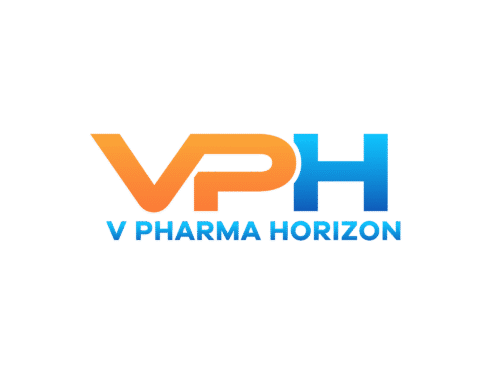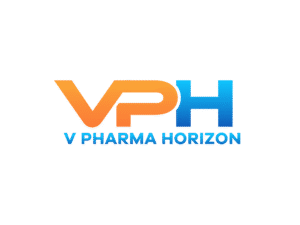Pricing and Access: Who Really Pays for New Drug Development?
In the ever-evolving world of pharmaceuticals, few topics spark as much debate as drug pricing and access. As the price tags of new therapies climb—sometimes into six or even seven figures—questions mount: Who shoulders the

In the ever-evolving world of pharmaceuticals, few topics spark as much debate as drug pricing and access. As the price tags of new therapies climb—sometimes into six or even seven figures—questions mount: Who shoulders the true cost of innovation? Are patients paying for breakthroughs, or are public systems subsidizing private profits? The answer is complex, involving a mosaic of stakeholders, from governments and insurance providers to patients and pharmaceutical companies themselves.
The Real Cost of Drug Development
The commonly cited figure for bringing a new drug to market hovers around $2.6 billion, according to studies by the Tufts Center for the Study of Drug Development. This includes not only the R&D costs of successful drugs but also the high failure rate of clinical trials—over 90% of drugs never make it past early stages. Add to this the 10-15 year timeline from discovery to approval, and the risk-reward equation becomes clear: innovation is expensive and time-consuming.
Pharmaceutical companies argue that high prices are necessary to recoup these investments and fund the next generation of drugs. However, critics question this narrative, pointing out that a substantial portion of basic research is publicly funded—via government grants and academic research institutions.
Public Funding, Private Profits
Many breakthrough therapies—particularly in oncology, vaccines, and rare diseases—have roots in National Institutes of Health (NIH) grants or other taxpayer-funded research. Once foundational discoveries are made, private firms license the technology and push it through the costly clinical and regulatory pipeline.
This public-private model raises ethical and economic concerns: Should life-saving medications that originated from publicly funded research be priced beyond the reach of the public? And when governments contribute to R&D, should they also negotiate stronger pricing controls?
The Role of Insurers and Health Systems
In most high-income countries, national health systems or insurance companies play a critical intermediary role. In the U.S., private insurers and government programs like Medicare negotiate (or in some cases, are prevented from negotiating) prices. In Europe and elsewhere, Health Technology Assessment (HTA) agencies evaluate whether a drug’s price reflects its value to the healthcare system.
But these negotiations don’t always translate into access. Even when drugs are covered, high copays, deductibles, and formulary restrictions can leave patients unable to afford treatment. In low- and middle-income countries, the picture is even bleaker, with many innovative therapies completely out of reach.
Patients at the Financial Crossroads
Ultimately, it’s the patients—either directly or indirectly—who pay. They may pay out-of-pocket, via higher premiums, or through public taxes. In the U.S., drug pricing can lead to “financial toxicity,” where patients are forced to choose between medical care and essential living expenses.
The issue becomes more pressing with the advent of cell and gene therapies, where one-time treatments can cost upwards of $2 million. While these therapies may eliminate long-term treatment costs, the upfront burden is immense—and often unaffordable without structural payment reform.
Toward More Equitable Models
The path forward lies in rebalancing incentives. Governments can demand greater pricing transparency and attach affordability conditions to public R&D grants. Health systems can explore value-based pricing models, where payment aligns with therapeutic outcomes. And pharmaceutical firms can commit to tiered pricing strategies, adjusting costs by a country’s income level.
Pooled procurement mechanisms, such as those used in vaccine distribution, offer another route—allowing countries or regions to negotiate as a bloc for better pricing. Furthermore, subscription-based models (like the Netflix-for-drugs approach piloted for hepatitis C treatments) offer predictable spending for payers and revenue for manufacturers.
The debate over who pays for drug development is not just about economics—it’s about equity, ethics, and sustainability. While pharmaceutical innovation deserves fair compensation, ensuring global access to life-saving medications should be a collective priority. The solution requires transparency, shared responsibility, and policies that balance innovation with inclusivity.






